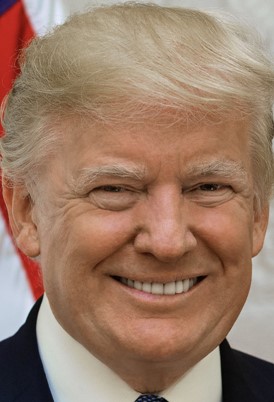
I am not a fan of Donald Trump*, yet even if I were, I’d be hard pressed to say he’s good with the press. This blog truly has nothing to do with politics or party – it's about how to succeed with the media.
At Rainier, we do a lot of media training with our clients. During the sessions, we impart many simple messages designed to make future press interactions positive and impactful. So can we learn anything by watching someone like Donald Trump in a press scrum? Yes, we can. Don’t be like Donald. Don’t lose your cool. Don’t miss opportunities. Don’t ramble. Don’t call a reporter and his/her media outlet “fake news.” And finally, do hire a professional for media training.
It may be too late for Trump, but for the rest of us, media training – whether for the first time or as a refresher – is a beneficial exercise. Here are some of the key things to keep in mind when participating in an interview, with a sprinkling of COVID-19 pandemic examples from Trump:
- Stay on message: Talking about “flattening the curve” and regional outbreaks are examples of “staying on track.” Speculating about whether injecting disinfectants into the human body can kill COVID-19 is not.
- Keep answers brief and on point: Always know what your goal is for the interview and answer accordingly. Don’t get sidetracked by shiny objects …
- Talk in terms of customer/industry needs whenever possible: If you’re introducing a new product, for example, the reporter will want information on how your products or services are meeting the needs of your customers. It’s less about “We made this great solution,” than, “Customers work with us because it solves these specific problems …”
- Wait for reporter to finish the question before responding: Listening is part of making an interview great. Lots of interviewees feel they understand the question before it’s completely uttered … don’t be that person. Wait for the reporter to finish asking before formulating your answer. It’s polite and it makes sure you’re addressing what the reporter wants to know.
- Take initiative – ask questions: Rather than saying, “Now why would you ask that? It’s a nasty question,” help guide the interview by assessing the reporter’s familiarity with your company and products, ask what trends they see in the market, and more. It makes for a better interview and gives you the chance to tailor the discussion to the appropriate level.
- Establish any embargoes up front: If your PR agency is having you conduct pre-briefings before an announcement, be sure the embargo terms are established in advance. Otherwise, the reporter has no obligation to hold off on publishing your information right away.
- There is no such thing as “off the record”: Never start a sentence with “This is off the record.” Reporters do not meet with companies only to be told a bunch of secrets they can never write about. Having worked as a reporter many moons ago, I do know that tenacious reporters can find that “off-the-record” information through other sources and then publish it with impunity. Don’t take that chance.
- Summarize key points at the end: In an interview, the flow is generally as follows -- tell them what you came to talk about; tell them in more detail; and tell them again in summary at the end. Leave the reporter with a clear summation of the talking points. Those words will be the last thing in his or her notes and may resonate the most.
- Take advantage of softball questions: This is media training 101. Reporters often ask, “Is there anything I’ve missed?” or “Is there anything you’d like to add?” If you say “No,” it’s a lost opportunity. If they ask a question that can really help you shine, take full advantage of it. Here’s another Trump example: When NBC’s Peter Alexander asked the president on March 20, 2020, “What do you say to Americans watching you right now who are scared" of the coronavirus outbreak? Trump replied: “I’d say you are a terrible reporter. I think that’s a very nasty question …” This was the chance for a “We are all in this together” moment from the president, but instead it became a highly publicized, one-way playground scuffle.
Remember, when you work for a company (or for the American people, for that matter) what you say, what you do and how you present yourself with the press impacts how others perceive your company (or country). By employing these simple media tips, you can be the one to elevate your brand.
*Views expressed are my own







